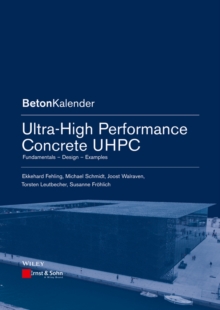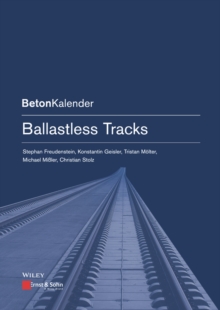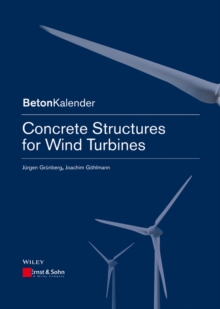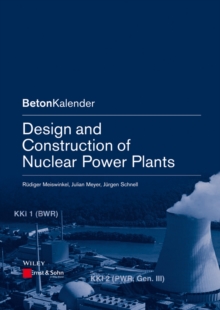
Design and Construction of LNG Storage Tanks Paperback / softback
by Josef Roetzer
Part of the Beton-Kalender Series series
Paperback / softback
- Information
Description
Worldwide, the use of natural gas as a primary energy source will remain indispensable for decades to come.
This applies to industrialized and emerging countries as well as developing countries.
Due to the low level of impurities, natural gas is considered to be a climate-friendly fossil fuel because of low CO2 emissions, and to be at the same time an affordable source of energy. In order to enable transport over long distances as well as over oceans the gas is liquefied along with a considerable volume reduction and then transported by ship.
Thus, at international ports many LNG tanks are required for temporary storage and further use.
The trend towards smaller liquefaction and evaporation plants with associated storage tanks for use as marine fuel has created new entrants who often do not yet have the necessary experience and technical expertise.
It is not sufficient to refer all existing technical standards when defining consistent state of the art specifications and requirements. The switch to European standardization made the revision and adaptation of existing national standards to a European standard unavoidable.
Technical committees at national and international level have begun their work to update and complete the EN 14620 series. Also, the US regulations are updated. The revision of the American Concrete Institute standard ACI 376 "Requirements for Design and Construction of Concrete Structures for the Containment of Refrigerated Liquefied Gases", which was first published in 2011, will be completed in the spring of 2019 and the final version will be published in autumn 2019. This book provides an overview of the state of the art in design and construction of liquefied natural gas (LNG) tanks.
Since the topic is very extensive and complex, here an introduction to all areas is given, e. g. requirements and design for operating conditions, thermal design, liquid and gas pressure test, soil analysis and permitted settlement, modeling and calculation of the concrete structure, and the special effects from fire, explosion and impact.
Furthermore, the dynamic analysis and the theory of the sloshing liquid is presented.
Information
-
Unavailable
- Format:Paperback / softback
- Pages:130 pages
- Publisher:Wiley-VCH Verlag GmbH
- Publication Date:18/09/2019
- Category:
- ISBN:9783433300008
Other Formats
- Paperback / softback from £37.09
Information
-
Unavailable
- Format:Paperback / softback
- Pages:130 pages
- Publisher:Wiley-VCH Verlag GmbH
- Publication Date:18/09/2019
- Category:
- ISBN:9783433300008



